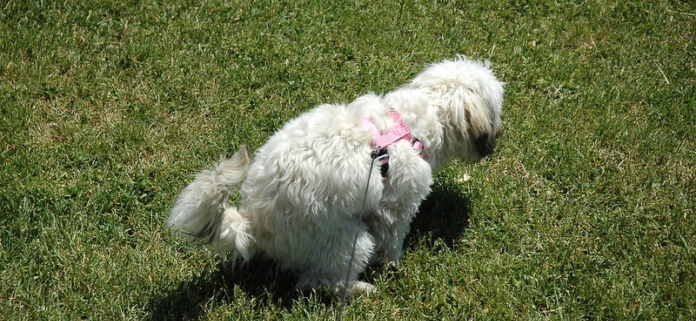Common Myths About Dog Waste
Research shows that more than 80 million dogs are in the country, producing over 10 million tons of waste yearly. Unfortunately, only 60 percent of pet owners bother to pick it up. People believe that dog waste is good for the earth and is a natural fertilizer or that it will disintegrate on its own. We compiled a list of common myths about dog waste below.
Myth #1 – Dog waste is harmless. It is crucial to understand that dog waste is full of harmful bacteria that can make it into your home. Dogs and people step in dog waste, and traces can be found on the bed, couch, or anywhere the dog or people wander. Unfortunately, hookworms and roundworms are found in dog waste. Let’s not forget about bacteria such as E. coli and salmonella.
Myth #2 – Dog waste is beneficial to the soil. Many dog owners do not pick up their dog’s waste because they believe it is good as fertilizer. Studies have shown that dog waste is not the fertilizer you want around plants. Dog waste can kill the grass and make the lawn unsuitable for use.
Myth #3 – It’s not much waste to worry about. This is false—the average dog poops about ¾ of a pound of waste daily. Do the math, and you will discover more than 250 pounds of waste on your lawn each year. Yes, dog waste breaks down over time. However, you must stop and ask yourself if you want so much waste covering the property in the first place.
Myth #4 – Throwing waste out is the best option. Most people throw their dog waste in the trash. However, it is better to flush it down the toilet. In addition, most dog owners use old plastic grocery bags to pick up the waste. We recommend a biodegradable bag.
We bet that you did not realize there was so much involved in dog waste! The most crucial aspect of dog waste is that it contains many bacteria that can be harmful in the long run. Furthermore, it is not an ideal fertilizer. Please do your part as a dog parent by correctly picking up your dog’s waste and disposing of it.



